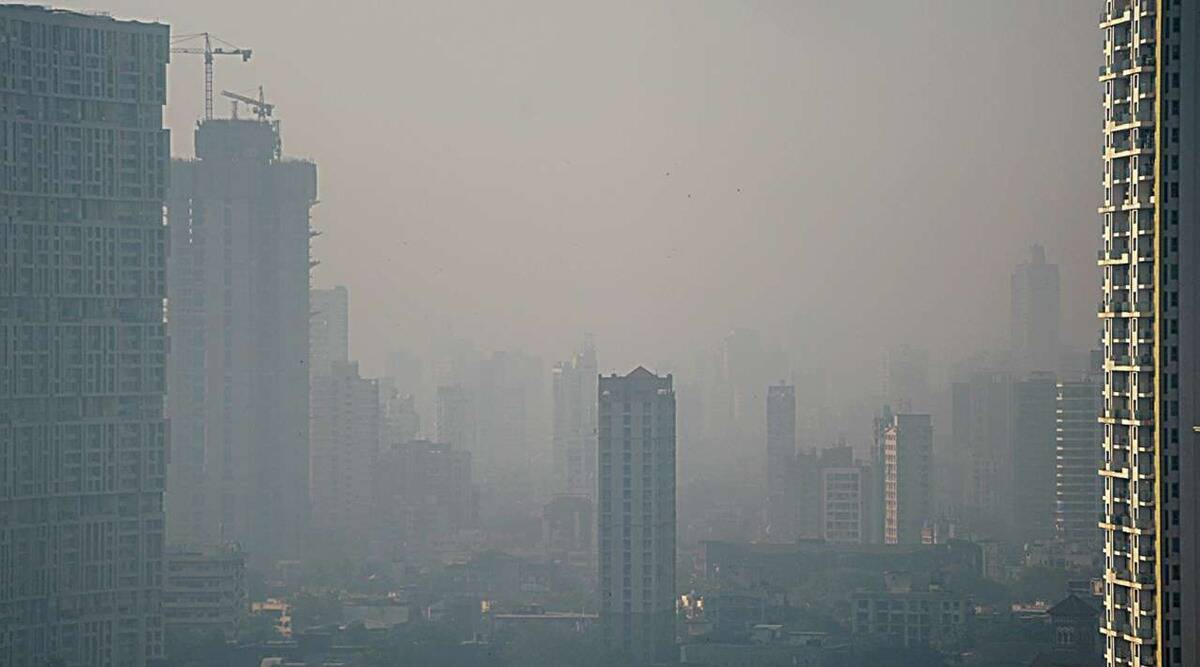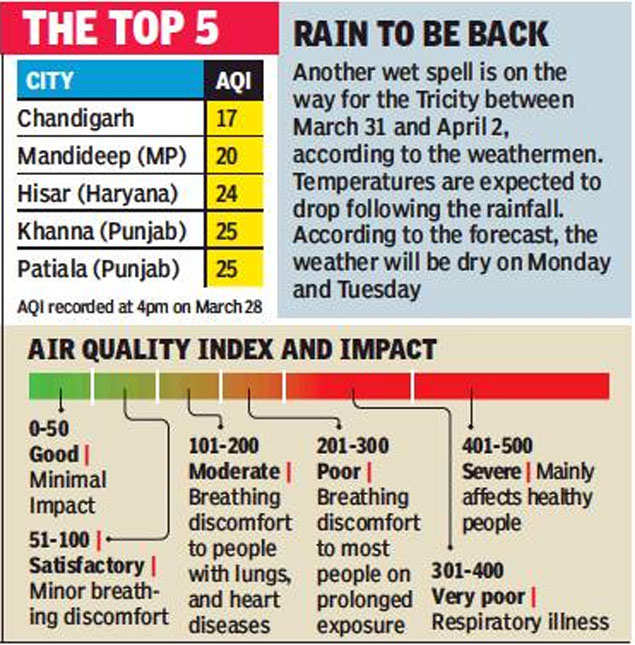Free Courses Sale ends Soon, Get It Now


Free Courses Sale ends Soon, Get It Now



Copyright infringement is not intended
Context: Colaba and Mazagaon in South Mumbai have emerged as the most polluted localities in the city, with the air quality index (AQI) exceeding 330 — indicating “very poor” air — as per data from the System of Air Quality and Weather Forecasting And Research (SAFAR).
Reasons for Poor Air Quality:
Sea Salt
No breeze
Urban Canyon Effect
Inversion layer
What is Air Quality Index?

© 2024 iasgyan. All right reserved